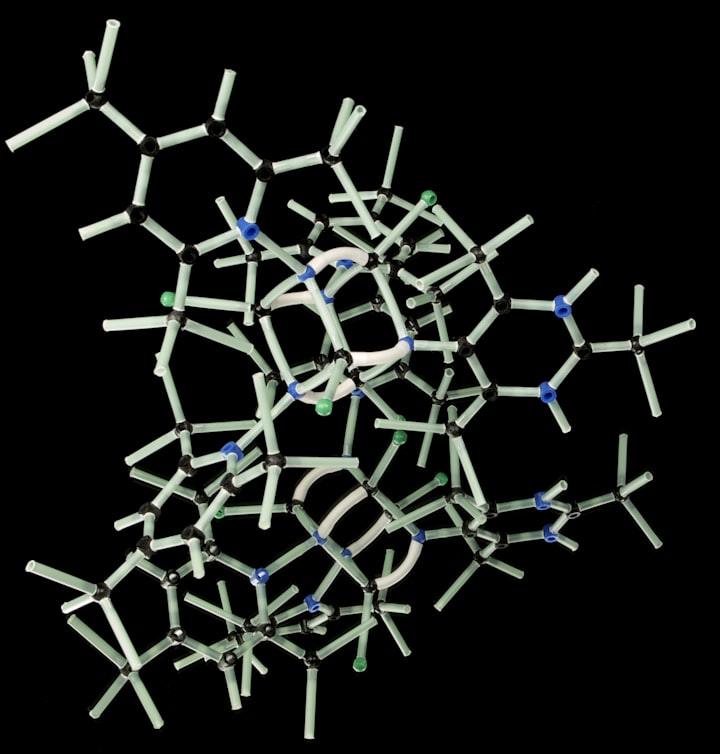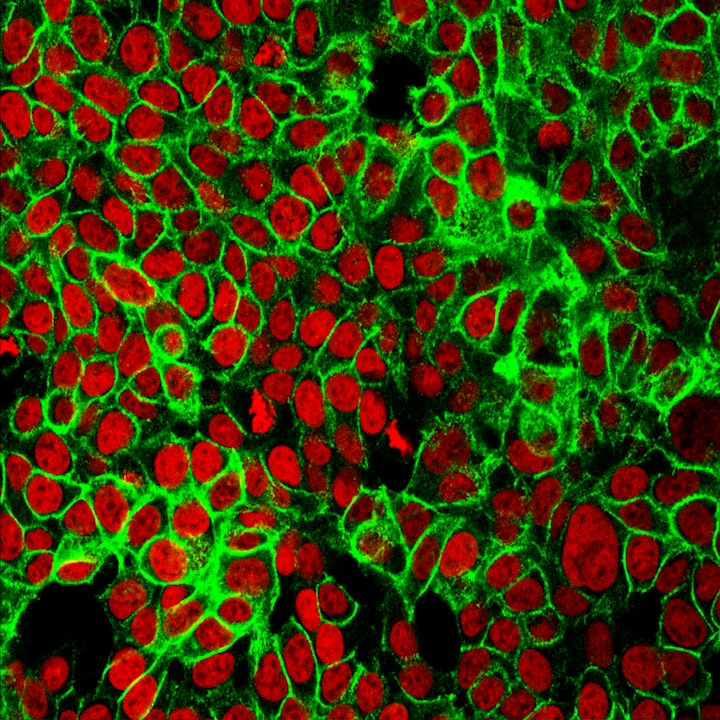How Do Railguns Achieve Electromagnetic Acceleration?
Discover how railgun propulsion achieves electromagnetic acceleration using the Lorentz force.

Railguns have piqued interest for their capacity to accelerate projectiles at unprecedented speeds.
But how does this high-velocity propulsion work?
The Lorentz Force's Role
At the core of a railgun's operation lies the implementation of the Lorentz force, a fundamental concept in electromagnetism.
This force results from the interaction between electric and magnetic fields and acts on the moving charges within the projectile.
Current-Induced Magnetic Field
The railgun's rails carry a current, producing a magnetic field.
Simultaneously, the projectile also possesses a current, perpendicular to the rails.
The interaction between the moving charges in the projectile and the induced magnetic field initiates the acceleration process.
Deflection and Propulsion
Moving charges in the projectile encounter the rails' magnetic field, experiencing a force that deflects them parallel to the rails, propelling the projectile forward.
High-Velocity Results
The combination of the current-induced magnetic field, movement of charges in the projectile, and resulting propulsion culminates in rapid acceleration, propelling the penetrator to staggering speeds.
Overcoming Challenges
While railguns offer compelling possibilities, their development and implementation come with various technical challenges, including managing immense forces, heat dissipation, and materials engineering.
Nevertheless, ongoing research and advancements continue to push the boundaries of railgun technology.
Harnessing Electromagnetic Forces
Railguns exemplify the remarkable capabilities of harnessing electromagnetic forces to achieve extraordinary acceleration.
Understanding the intricate interplay of physics and engineering involved in railgun operation opens doors to exploring innovative propulsion systems and their potential impact on future technologies and scientific endeavors.






